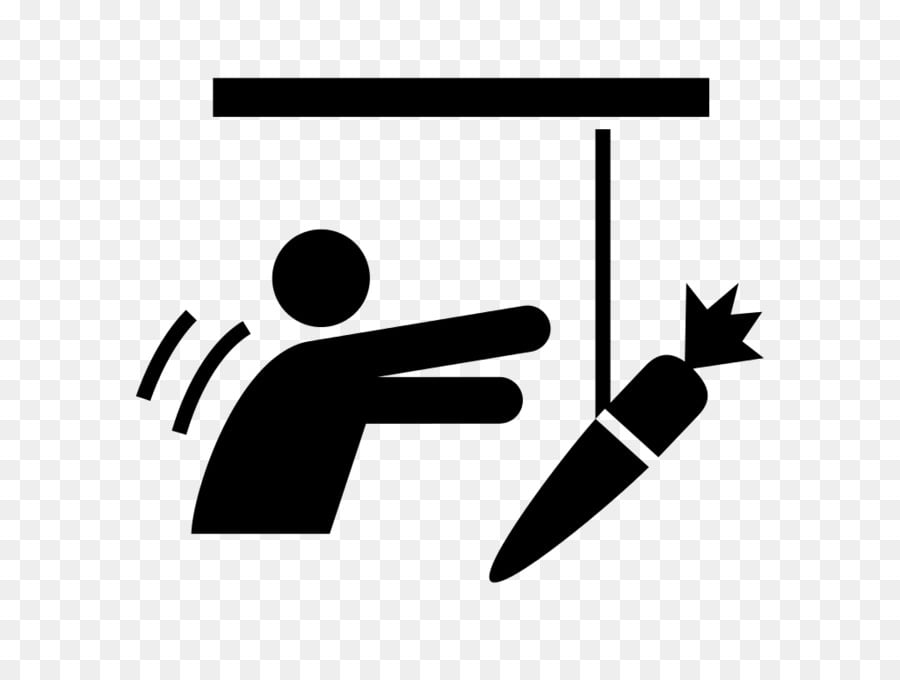Mastering Workplace Decision-Making and Conflict Resolution: A Strategic Framework
Effective decision-making and conflict resolution are pivotal for organizational success, significantly impacting productivity, employee morale, and overall operational efficiency. This article presents a strategic framework for navigating these critical aspects of professional life, fostering a collaborative and high-performing work environment. We will explore key concepts such as the rational decision-making model, conflict management styles, and the importance of organizational culture in shaping effective responses to challenges.
A Rational Approach to Decision-Making
Effective decision-making transcends intuitive judgments; it necessitates a structured, rational approach. The rational decision-making model emphasizes a systematic process involving problem identification, information gathering, option generation, and evaluation based on predefined criteria. This includes identifying potential risks and rewards associated with each alternative using techniques such as cost-benefit analysis or decision matrices. For example, in a project management scenario, employing a decision matrix to evaluate different project approaches allows for a more objective assessment of timelines, resource allocation, and potential return on investment, minimizing subjective biases and leading to more informed decisions. The application of this model ensures that choices are data-driven, minimizing risks, and maximizing opportunities for positive outcomes.
Navigating Workplace Conflicts: From Disruption to Opportunity
Conflict is inherent in any collaborative setting. Diverse perspectives, contrasting work styles, and personality differences inevitably generate friction. However, conflicts, when managed effectively, can become catalysts for innovation and organizational learning. Understanding different conflict management styles, such as the Thomas-Kilmann Conflict Mode Instrument (TKI), which identifies five approaches—competing, collaborating, compromising, avoiding, and accommodating—is crucial. Choosing the most appropriate style depends on the situation and desired outcome. For instance, a collaborative approach is beneficial for resolving complex issues requiring consensus, while a compromising approach might be suitable for resolving less critical conflicts where a quick resolution is needed. The key lies in proactive conflict management strategies and open communication channels.
Cultivating a Culture of Open Communication and Shared Vision
A high-performing work environment is characterized by open communication and a shared vision. Employees should feel empowered to express ideas, concerns, and disagreements without fear of retribution. This psychological safety is crucial for early conflict detection and resolution. This concept aligns with the principles of organizational justice, promoting procedural, distributive, and interactional fairness. Furthermore, establishing clear, shared organizational goals and individual roles enhances understanding and minimizes the potential for misunderstandings and conflict. Utilizing tools like a balanced scorecard can help align individual and team contributions with broader strategic objectives, enhancing transparency and accountability.
Strategic Conflict Resolution Techniques and their Application
Proactive conflict resolution is paramount. Ignoring issues allows them to escalate, impacting team cohesion and productivity. Active listening—truly understanding all perspectives before proposing solutions—is fundamental to fair and inclusive resolution. Empathy and perspective-taking are also crucial. Formal conflict resolution techniques, such as mediation or negotiation, provide structured frameworks for finding mutually acceptable outcomes. For example, in a mediation scenario, a neutral third party facilitates communication between conflicting parties, helping them identify common ground and reach a mutually acceptable agreement. This approach ensures a win-win outcome for all stakeholders.
Constructive Feedback and Continuous Improvement
During conflict, focusing on the issue rather than individuals is vital. Constructive feedback, delivered with positive language, fosters a healthy work environment. Continuous improvement requires regular review and refinement of decision-making and conflict resolution processes. Analyzing past experiences, both successes and failures, allows for iterative improvement of strategies, leading to increased effectiveness and efficiency. The Plan-Do-Check-Act (PDCA) cycle is a practical framework for this continuous improvement process. Each cycle incorporates planning, implementation, evaluation and adjustment stages, making sure lessons from previous experiences are incorporated.
Promoting Accountability and Ownership
Empowering team members to take ownership of their decisions fosters accountability and reduces blame-shifting, a common barrier to effective conflict resolution. This aligns with the principles of empowerment and shared responsibility, leading to a more responsible and collaborative work environment. Delegating decision-making authority within a clearly defined framework empowers employees and fosters a sense of ownership, resulting in more effective outcomes.
Conclusion: Building a Resilient and High-Performing Workplace
Mastering workplace decision-making and conflict resolution is an ongoing process that necessitates patience, persistence, and a commitment to building a positive and collaborative culture. By embracing challenges as learning opportunities and implementing the strategies outlined above, organizations can foster a culture of efficiency, innovation, and mutual respect, resulting in enhanced productivity and long-term success. Future research could focus on the development of culturally sensitive conflict resolution models and the impact of organizational structure on decision-making effectiveness.
Reader Pool: How might integrating emotional intelligence training into conflict resolution strategies further enhance workplace harmony and productivity?








No comments yet. Be the first to share your thoughts!